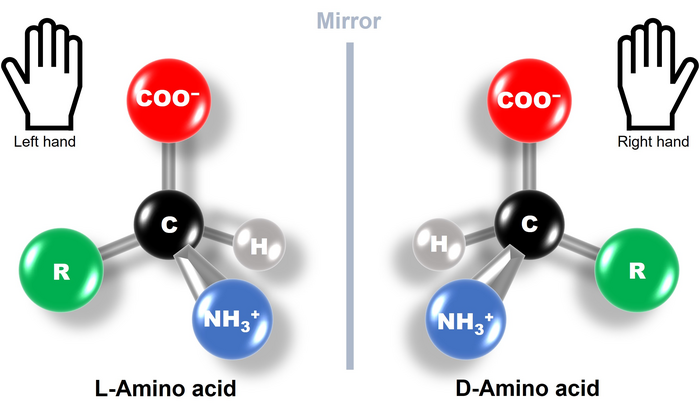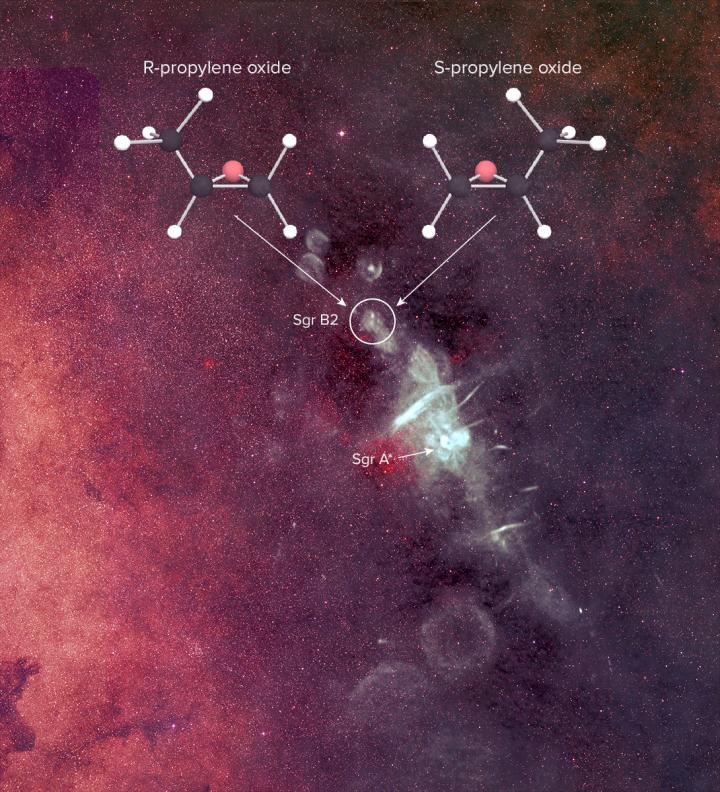Lab-made ‘mirror bacteria’ could endanger all life on earth, scientists warn
Synthetic microbes can cause pervasive infections in humans, animals and plants
“Mirror bacteria” made in a lab could endanger all life on earth, an international group of leading scientists have warned in a new report.
All building-block molecules of life like DNA, proteins and carbohydrates have a unique structural property that still perplexes scientists.
They have what is called structural asymmetry, or chirality, which means that they can have alternative, mirror-image versions similar to left and right versions of a human hand.
DNA and RNA are made from “right-handed” molecules while proteins are made from “left-handed” amino acids. This chirality or handedness of life molecules dictates their chemical reactivity, and how life interacts with other matter.

“Mirror bacteria”, which are hypothetical synthetic forms of life, can be built with reversed handedness. The scientists noted that these mirrored organisms would differ fundamentally from all known life and could pose significant risk to ecosystems as well as human health if not carefully managed.
These synthetic bacteria, with their unique features, could evade natural predators like viruses and microbes that keep bacterial populations in check.
“A synthesized mirrored microbe wouldn’t just be essentially invisible to animals and likely plants but also other microbes, including viruses that could attack and kill it,” Vaughn Cooper, a microbiologist from the University of Pittsburgh, US, said.
This could enable the hypothetical life forms to spread easily between ecosystems, putting humans, animals and plants at continuous risk of infection, the scientists warned.

Though the threat was currently speculative, researchers said the possibilities merited careful consideration to ensure scientific progress aligned with public safety.
“These bacteria could potentially evade immune defences, resist natural predators and disrupt ecosystems,” Patrick Cai from the University of Manchester, a leading scientist in synthetic biology, said.
“This form of life has never existed or evolved. Consequently, all biological interactions would be different or likely wouldn’t work,” Dr Cooper said.
In a mirror bacterium, all building-block molecules like DNA and proteins are replaced by their mirror-image versions. They can’t naturally evolve from existing life but may be created artificially in a lab. But doing so still requires “substantial breakthroughs in synthetic cell research”, the scientists said.

Although the capability to engineer such life forms could be decades away, the researchers called for discussions involving policymakers, scientists, industry, civil society, and the public to chart a safe path forward.
“While mirror bacteria are still a theoretical concept and something that we likely won’t see for a few decades, we have an opportunity here to consider and pre-empt risks before they arise,” Dr Cai said.
“We cannot rule out a scenario in which a mirror bacterium acts as an invasive species across many ecosystems, causing pervasive lethal infections in a substantial fraction of plant and animal species, including humans,” the scientists said in the report.
The scientists, including experts in immunology, plant pathology, ecology, evolutionary biology, biosecurity, and planetary sciences, said they hoped to guide research on such bacteria while prioritising “safety for people, animals, and the environment”.
They said some related technologies that did not “directly lead to mirror bacteria” – such as mirror-image DNA and proteins – had potential for advancing medicine, but early dialogue was crucial to addressing potential threats.
“We do not recommend restricting any of these areas of research. I hope this is the starter of many discussions engaging broader communities and stakeholders soon,” Dr Cai said.
Join our commenting forum
Join thought-provoking conversations, follow other Independent readers and see their replies
Comments
Bookmark popover
Removed from bookmarks